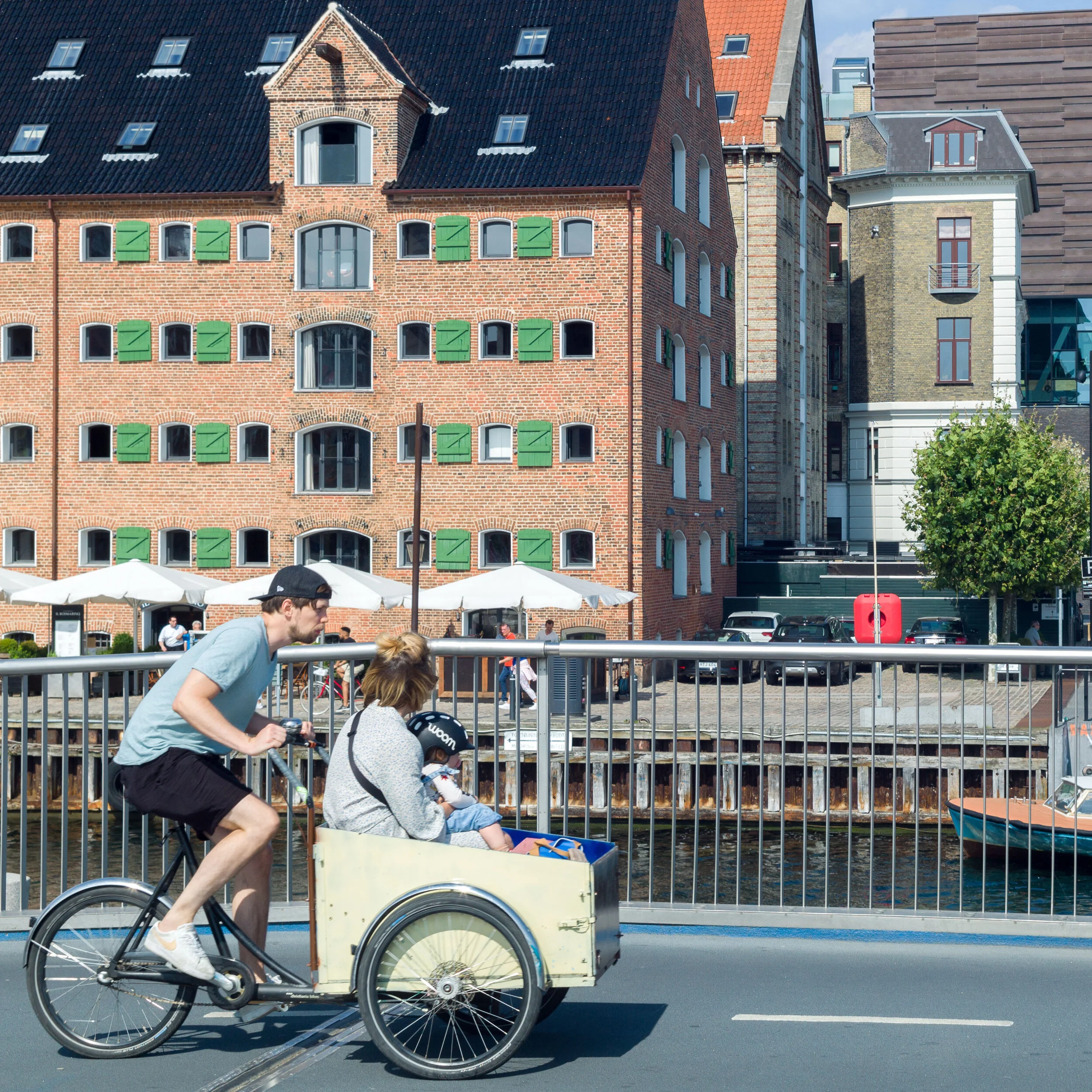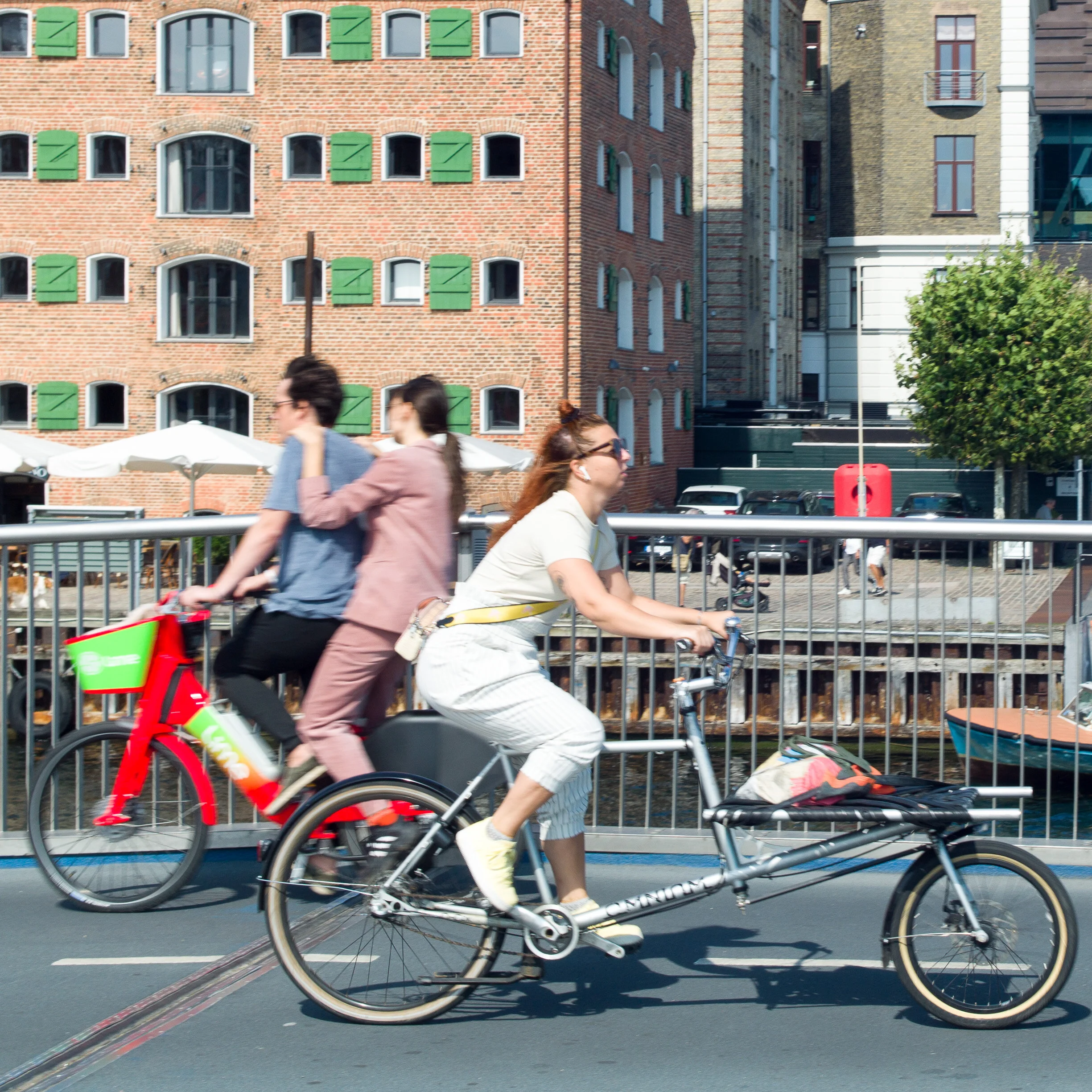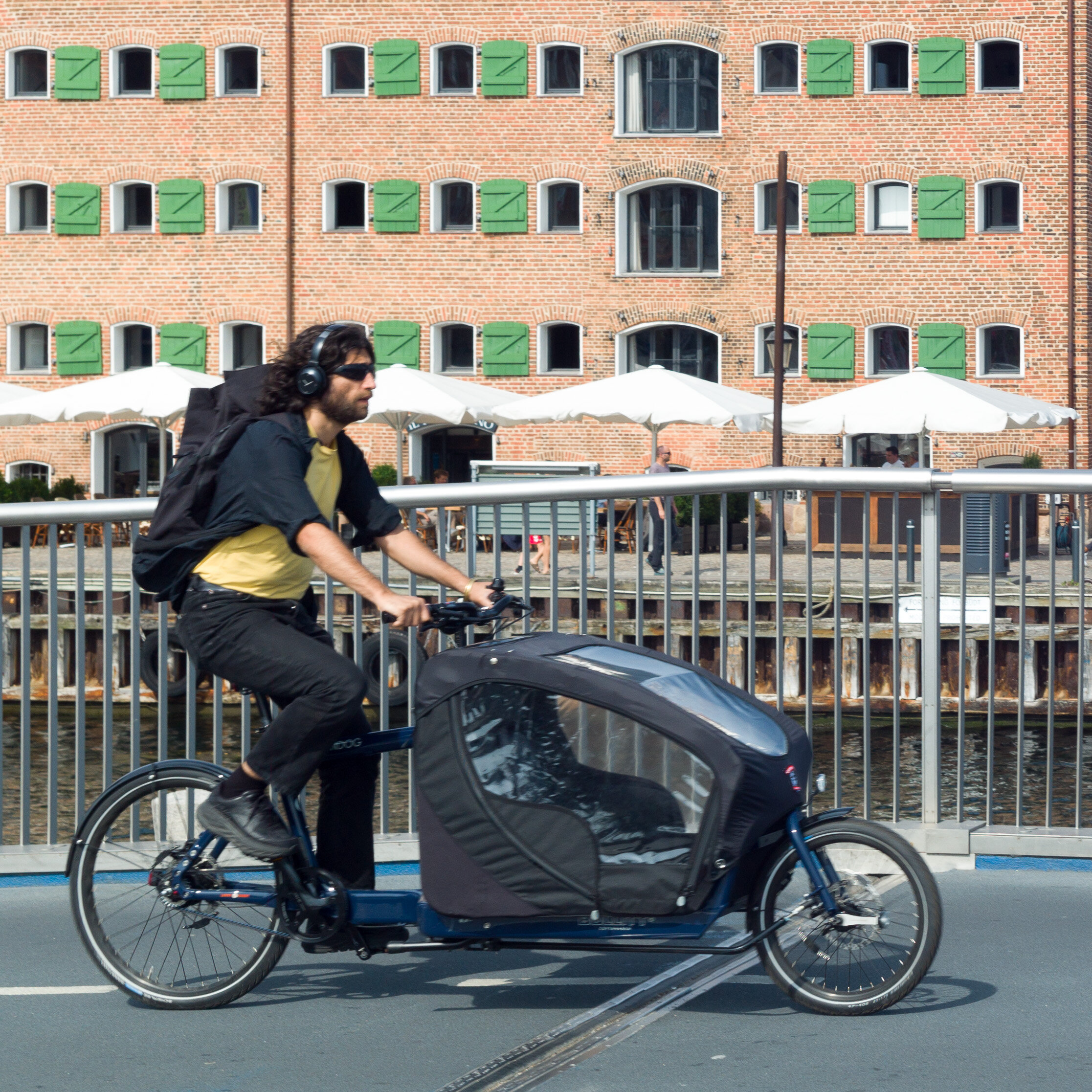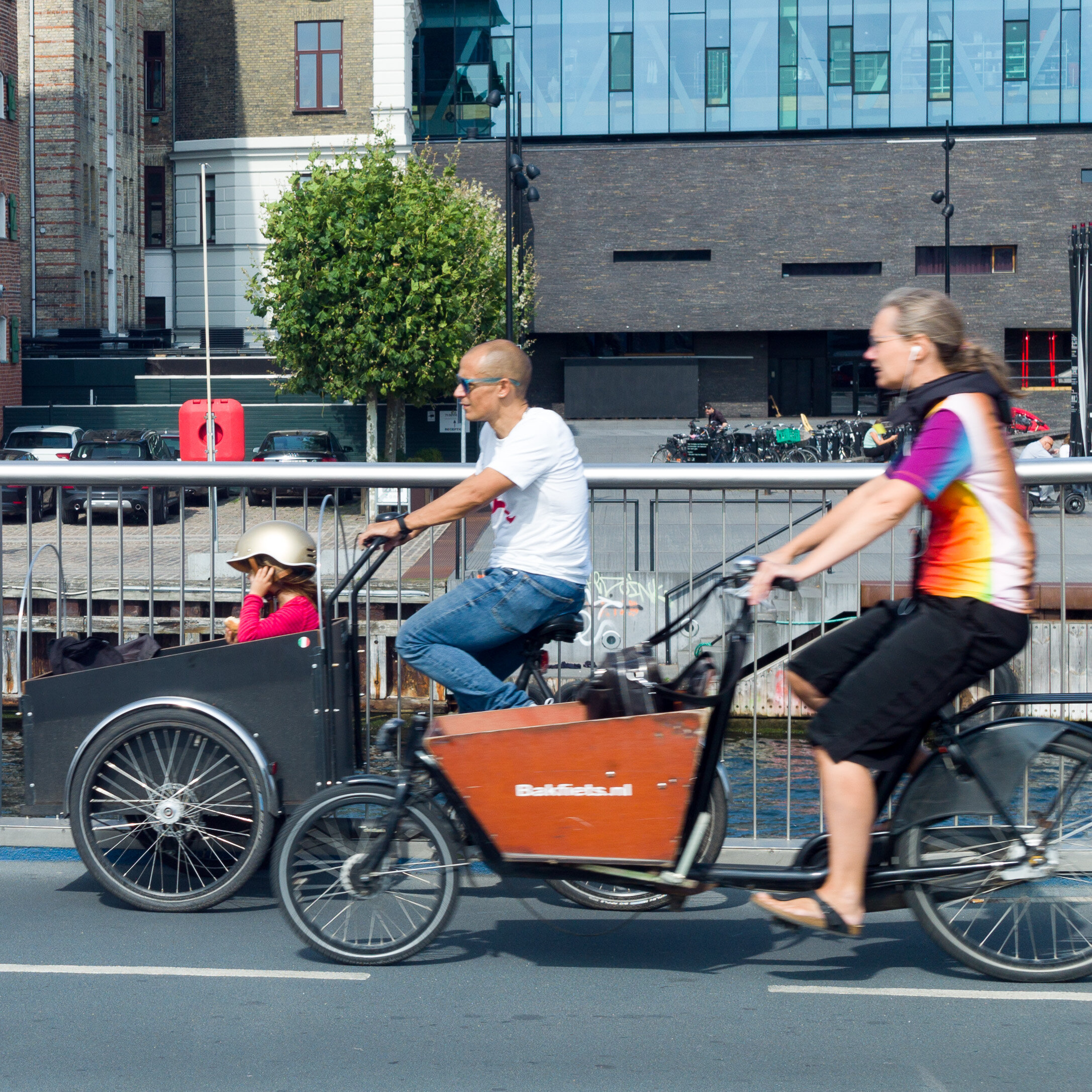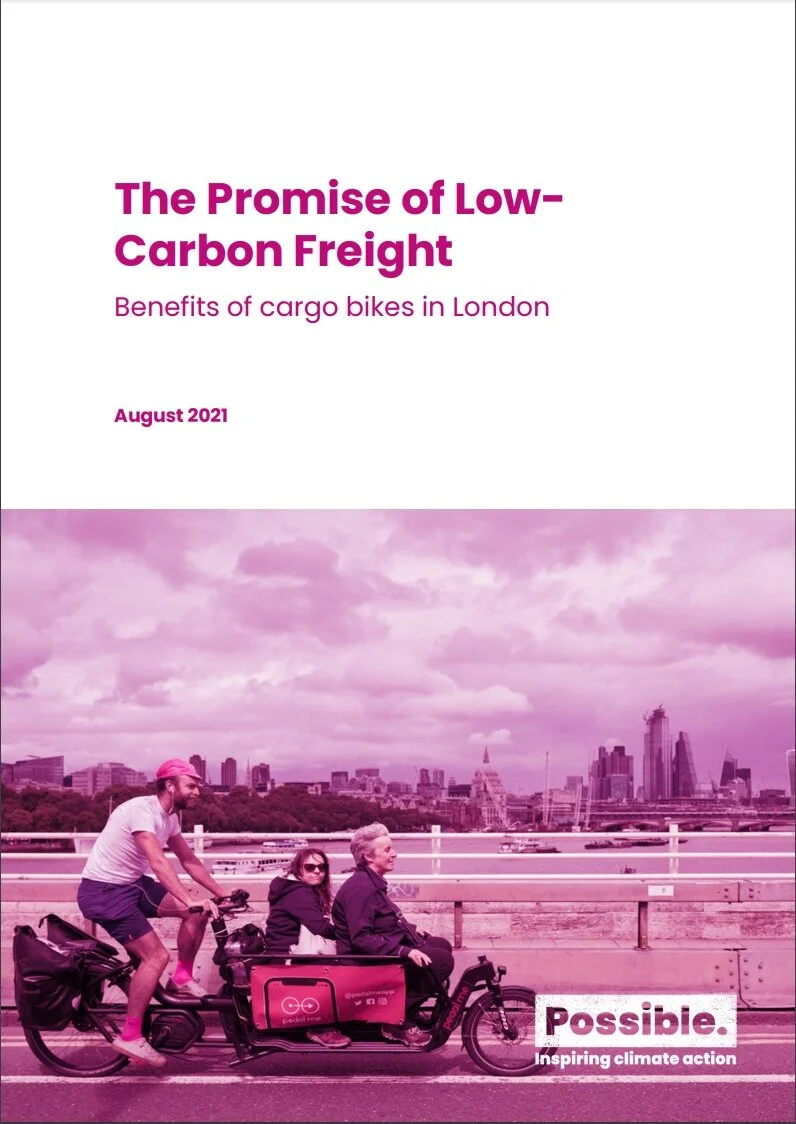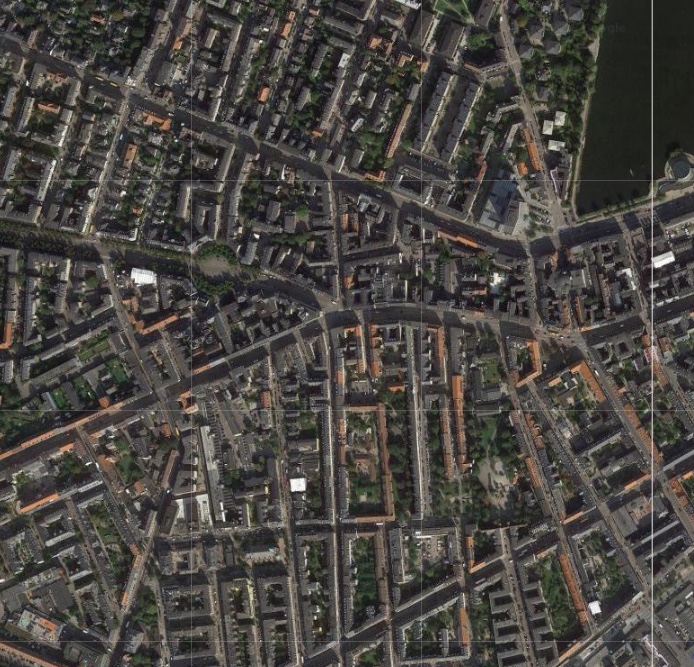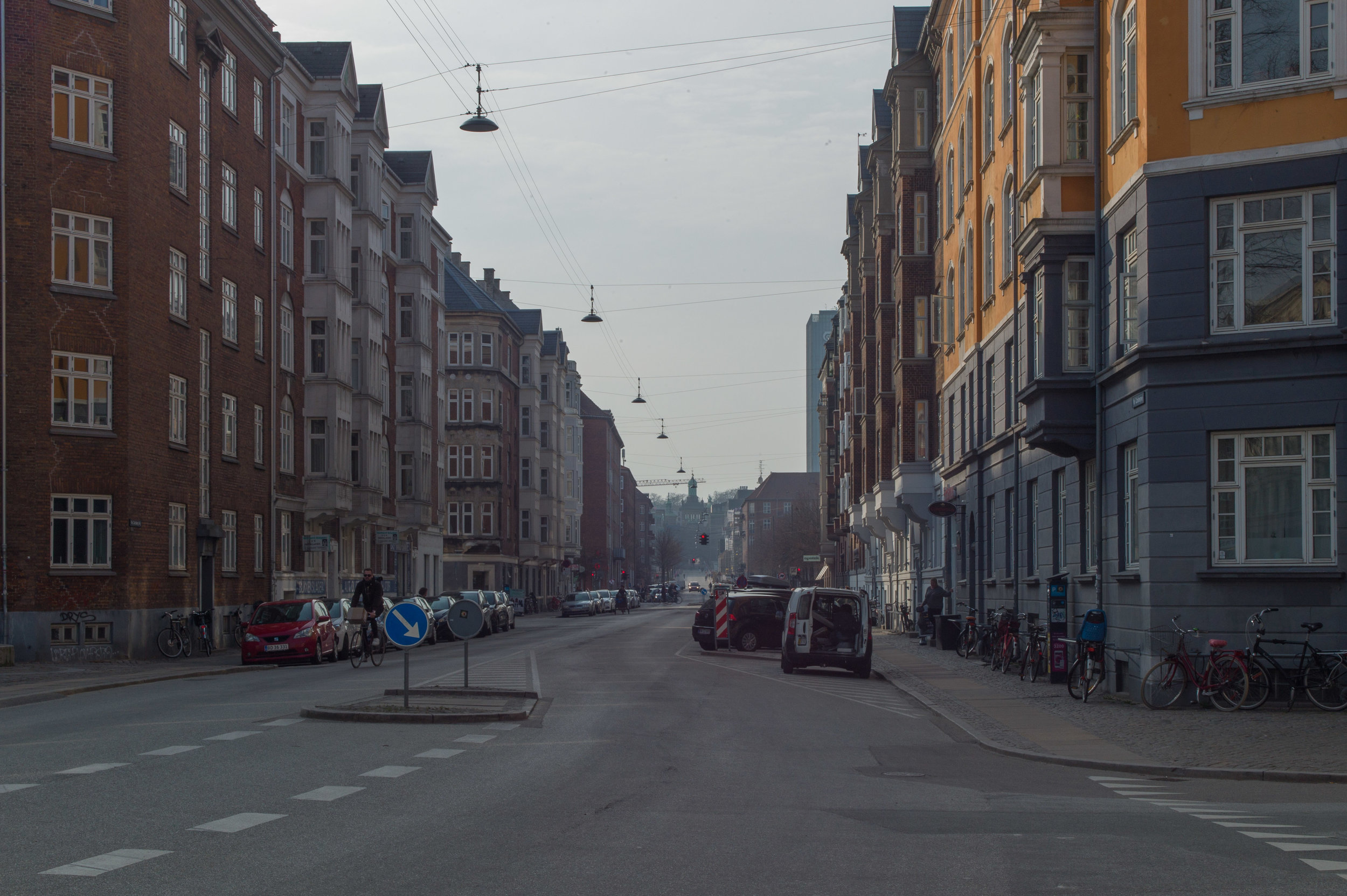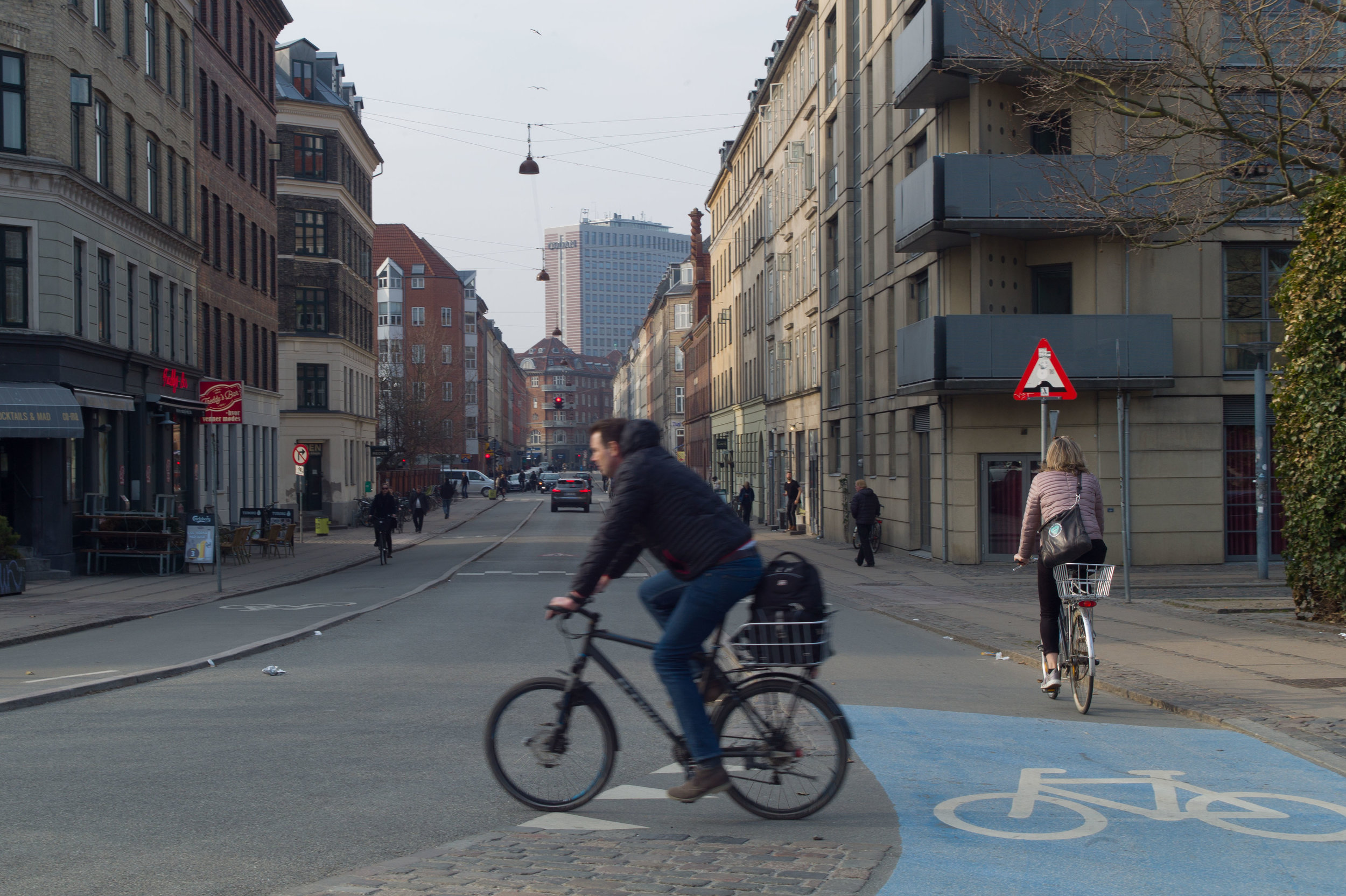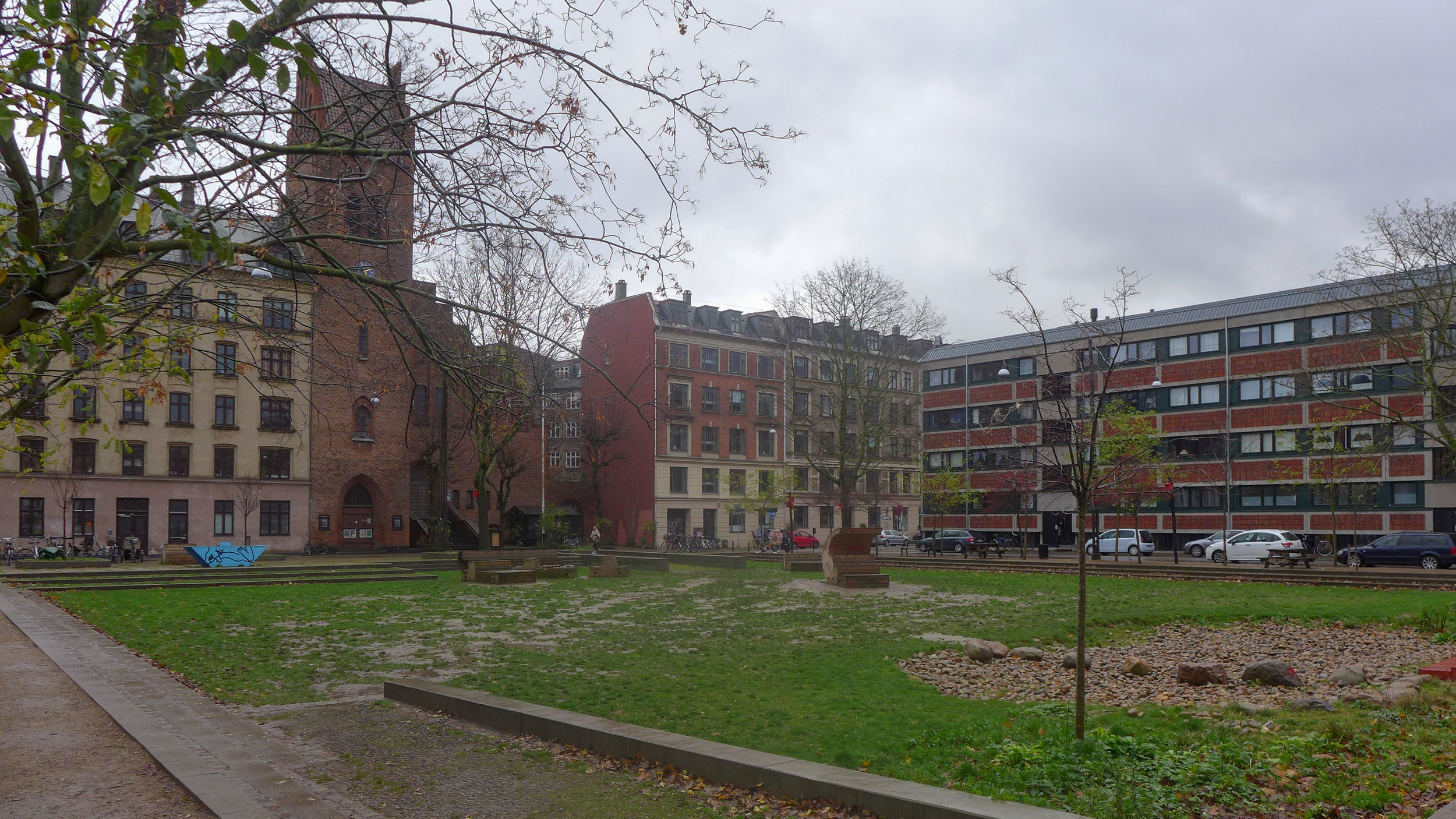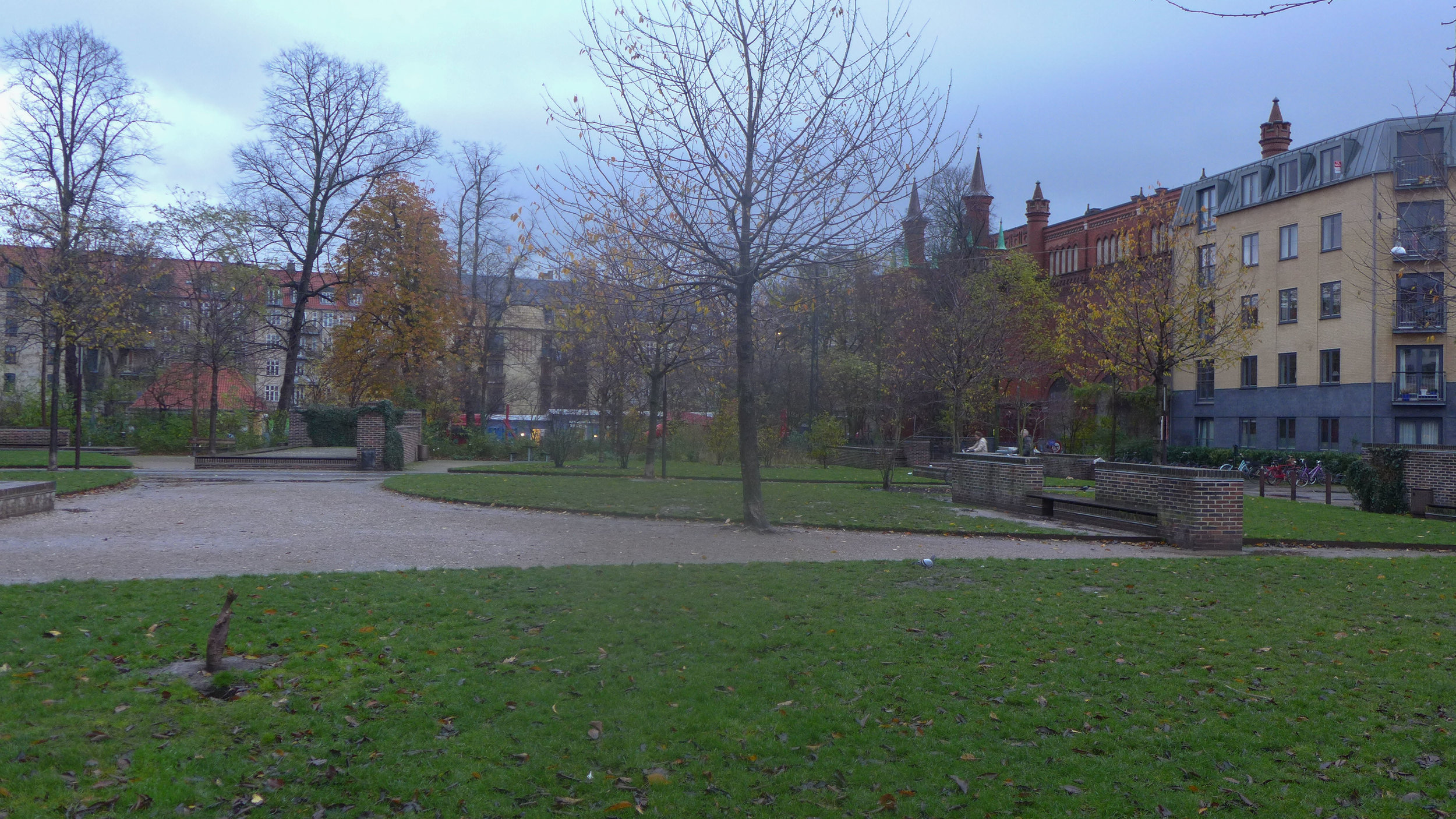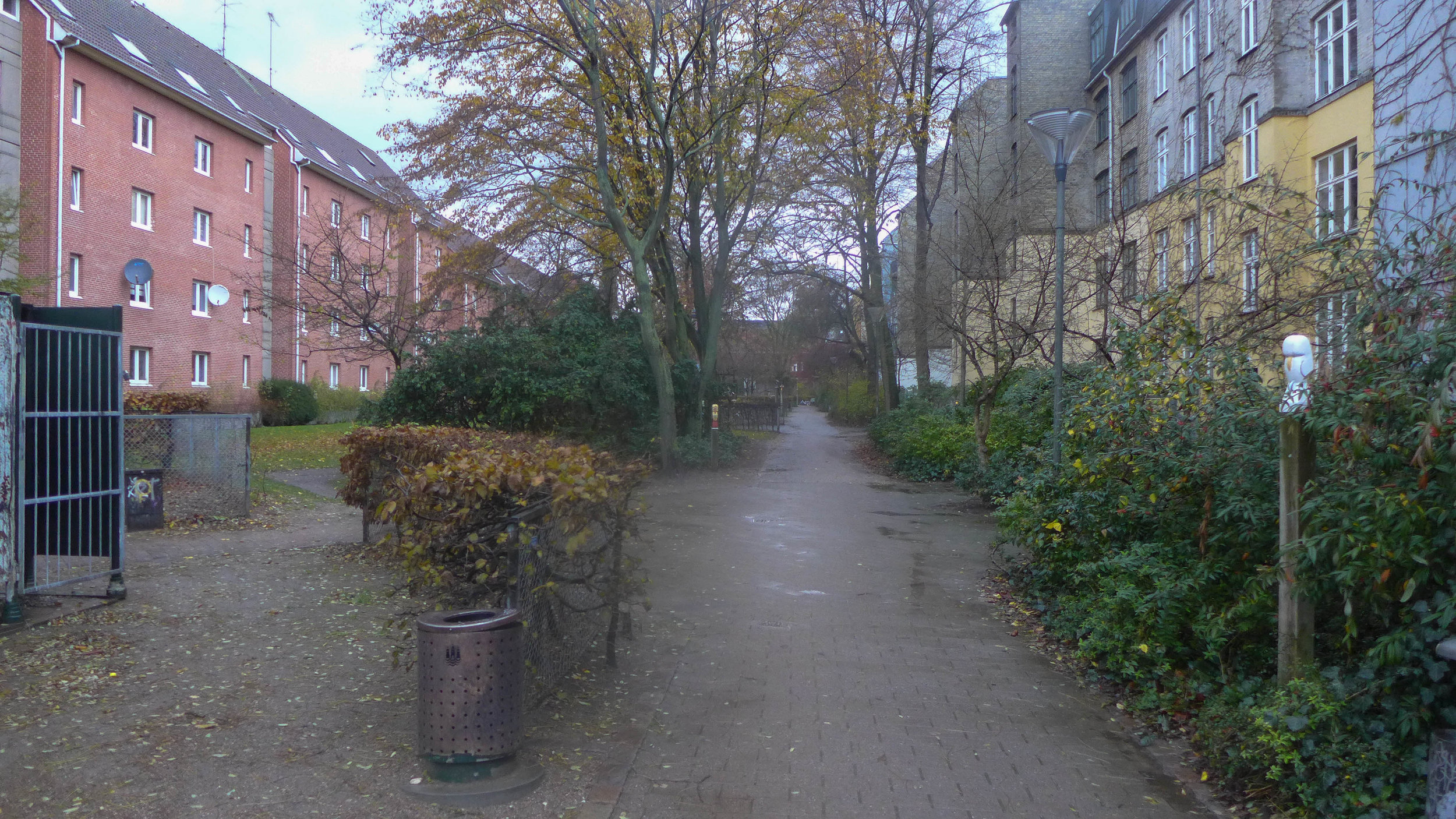cargo bikes
/Yesterday, there was an interesting article in The Guardian about using cargo bikes rather than vans for deliveries in urban areas.
It was prompted by the recent publication of a report on the benefit of using cargo bikes in London that was compiled by Ersilia Verlinghieri, Irena Itova, Nicolas Collignon and Rachel Aldred, and has been published by Possible - a UK based climate charity that is working towards a zero carbon society.
The article summarised important key conclusions from the report:
electric cargo bikes can deliver parcels faster than vans in a city centre - some 60% faster … cargo bikes can drop off, on average, 10 parcels in an hour to six parcels by a van driver
a delivery bike can pick up and deliver by tighter routes - taking more short cuts - and bikes can often cut around traffic congestion
delivery bikes can usually get closer, door to door, and waste less time trying to find somewhere to park
even with a power-assisted bike, there are considerable reductions in emissions and pollution
Research for the report included an assessment of routes used by the delivery service Pedal Me with deliveries from 100 random days over a season analysed and then compared with calculations of the equivalent mileage and time that vans would have clocked up.
For that sample alone, over just 100 days, cargo bikes saved four tonnes of CO2.
The conclusion was that "with the 100,000 cargo bikes introduced in Europe between 2018 and 2020 they are estimated to be saving, each month, the same amount of CO2 needed to fly about 24,000 people from London to New York and back."
I presume the conclusion was not that if there were more delivery bikes then more travellers could make more trips to New York because that really would be a particularly perverse form of carbon offset.
The important conclusion of the report was that "estimates from Europe suggest that up to 51% of all freight journeys in cities could be replaced by cargo bikes."
These photographs were taken on the inner harbour bridge and I thought that was a clever idea … most cyclists in the city move fast and the idea was that the slope, on the run up to the bridge, would slow them down a bit but I’d underestimated just how fit and fast the local cyclists are.
So it’s not my finest set of photos.
For a start, I should have set a wider aperture and shallower depth of field but then I’m more used to taking photographs of buildings and chairs that do not move.
And it was frustrating because, as I walked up to the bridge, three girls, dressed in their best, came past in the box of a Christiania that was decked out in pink ribbons and flowers on the way to a hen party and, as I headed for home, a bike came past with a second-hand Arne Jacobsen Swan Chair strapped to the front and I missed that too.
If I have time, I might have a second go at this and will update the gallery.
The report has some useful graphics with one (reproduced above) showing different types of cargo bike with possible loads and average widths .... a crucial consideration for planning departments when upgrading busy cycle routes that may need wider lanes and wider spacing for any bollards that are there to deter or block access by motor vehicles.
Replacing just 10% of motorised deliveries in London could save “133,300 tonnes of CO2 and 190.4 thousand Kg of NOx a year” and "would reduce urban congestion and free a total of 384,000 square metres of public space usually occupied by parked vans and 16,980 hours of vehicle traffic per day."
By 2019, there were 4.1 million vans registered in the UK with 58% of all vans owned by a business but 46% of the kilometres covered by van deliveries are in urban areas and a Department for Transport survey shows a proportion of daily journeys - 39% of those collecting or delivering goods and 43% of vans delivering materials - were no further than 25 kms from their home base and that makes more deliveries by cargo bike feasible.
Cargo bikes deliver faster and cleaner than vans, study finds,
by Damian Carrington, The Guardian Thursday 5 Aug 2021
Possible
The Promise of Low-Carbon Freight: Benefits of cargo bikes in London




